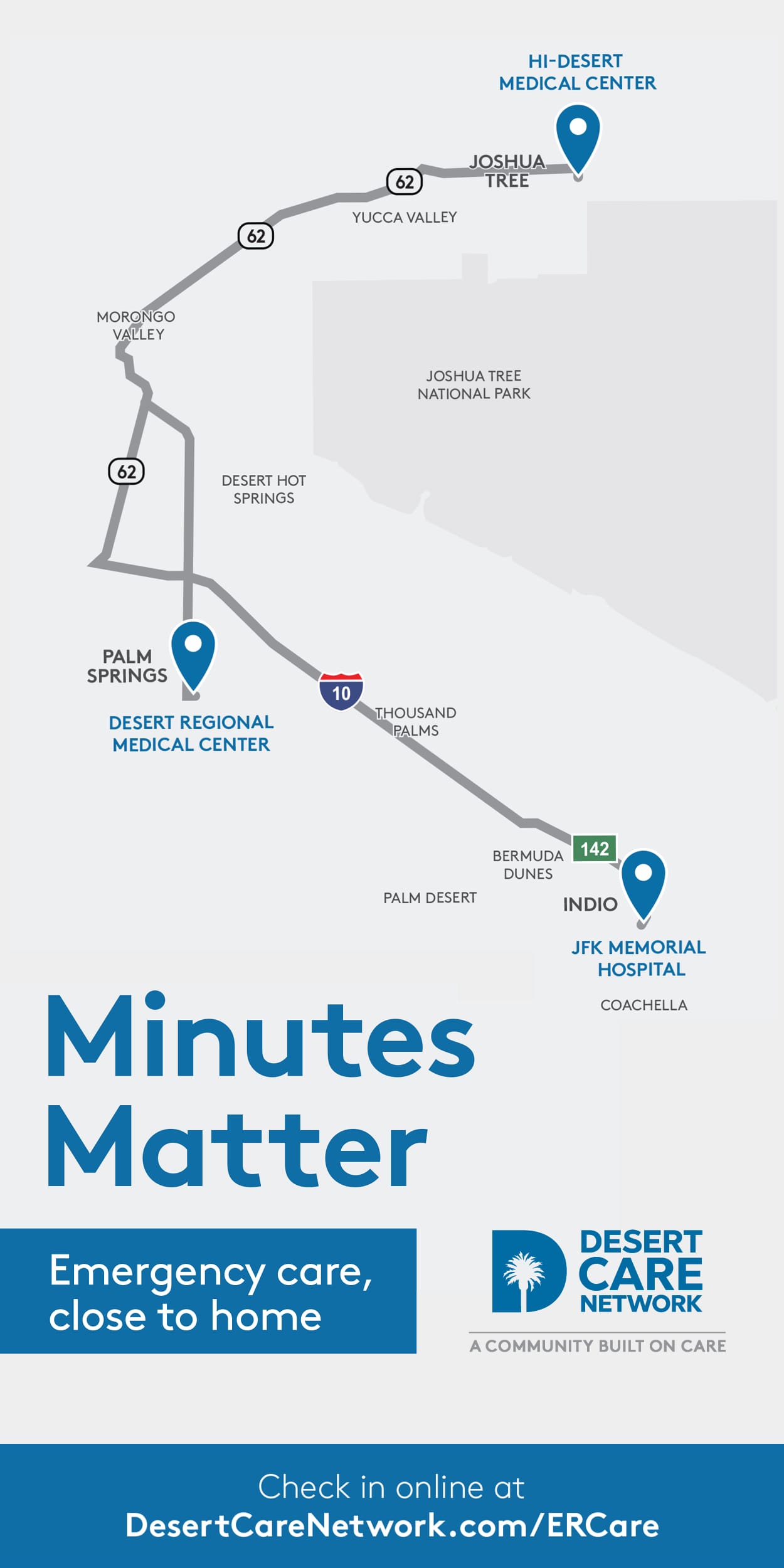About 8,000 Americans turn 65 every day and almost all of them qualify for Medicare. If you are one of them, here is what you can expect: a lot of junk mail. If you joined AARP, you will be receiving approximately 2-3 items per week from them in the 6 months leading up to your 65th birthday!
Medicare plans are big business. And insurance companies are eager to sign you up for their plan. But AARP is not an insurance company; rather, they have licensed their name to United HealthCare who in turn, markets Medicare products under that name.
Your Medicare plan from the Social Security Administration (referred to as “Original Medicare”) gives you Part A for hospitalization coverage, and Part B for doctors and other medical services. You have 6 months after your Medicare effective date to decide if you need any extra coverage and, if so, to select either a Medicare Supplement, or a Medicare Advantage plan. Let’s look at the major differences between these two types of plans.
Medicare Supplements are secondary insurance, which means that they provide extra coverage, after Medicare pays its part. The benefits for each level of these plans are mandated by Medicare, so no matter which insurer you select, the plans will be basically the same. Medicare Supplements are known by letters, including Plan A, B, C, D, F, G, K, L, M, or N. This is where the alphabet soup gets confusing. Plans A and B are not the same as Parts A and B. The most complete coverage is the F Plan, which may be more coverage than you need, but there is a catch. The level of coverage you select now is probably the best you are going to get in the future.
The other type of plan is the Advantage Plan or, Part C. These are marketed very aggressively under product names such as Medicare Complete and First Choice Health plan. No matter which insurer and plan you select, if it is an Advantage plan, it is probably an HMO. Most have no additional premium and may include a prescription drug plan. The upsides to an Advantage plan are zero premiums, low co-pays, prescription drugs included, and many extra benefits thrown in. The downside includes limited choice of doctors and facilities, regional coverage, and waiting for referrals to a specialist.
When you first turn 65, the insurer guarantees the issuance of your policy, with no medical screening, no pre-existing condition exclusions. Each year, on your birthday, they will also guarantee issuance of a plan with similar or less coverage, but not better coverage. So the plan you select at age 65 should be the best coverage you can afford, since it will be your one best chance to have this plan issued with no medical underwriting. The Affordable Care Act did not change this.
Original Medicare (Parts A and B) + Medicare Supplement (Plans A-N) + Prescription Drug Plan (Part D), or Medicare Advantage Plan (Part C). The choice is yours. Ask plenty of questions and do your research. Medicare.gov is an excellent reference full of clearly written guidance from an impartial source.
Randy Foulds is a Certified California Exchange Health Insurance Agent (license #0G69218) with Feldmann Insurance and can be reached at 760-346-6565.











































Comments (0)